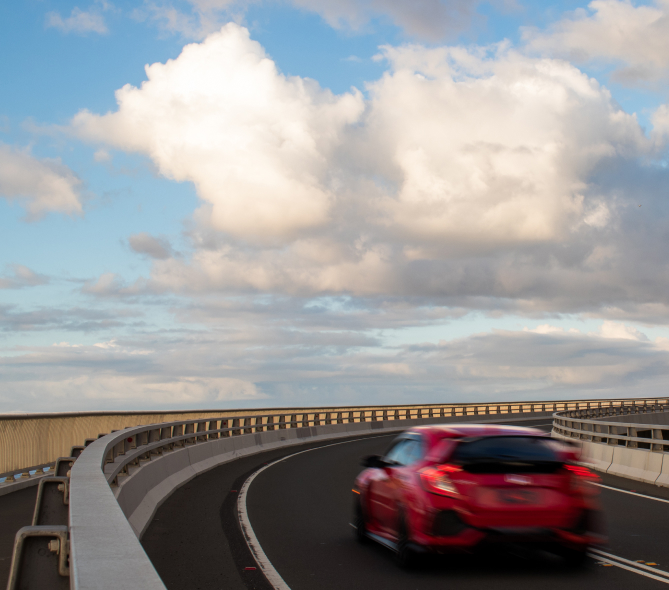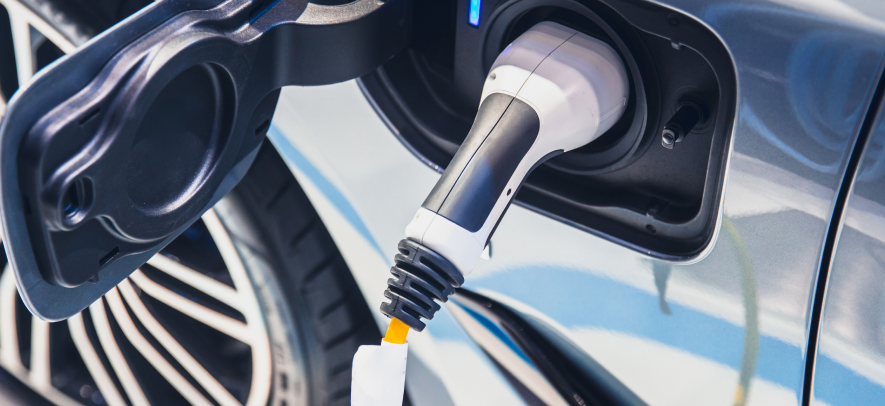News of an EV downturn is not all doom and gloom
It’s virtually impossible to have missed the rise of electric vehicles (EVs) and what they mean for the future of mobility.
First pitched as a utopian technological saviour, then widely derided as an expensive, compromised replacement for internal combustion engine (ICE) vehicles, and now an increasingly viable mainstream option, EVs still have their fair share of fans and detractors, but one thing remains certain: they’re here to stay.
Where the topic of EV market penetration gets tricky is predicting how much of the market share they will come to occupy in the years to come. The answer seemingly differs depending on who you ask.

From a manufacturing perspective, the world’s top auto brands are taking a bit of a breather on some of their lofty EV predictions. BMW and Mercedes-Benz have previously revised its EV sales predictions, while ‘The Big 3’ US carmakers, Ford, General Motors and Stellantis (previously Fiat Chrysler), have successfully persuaded the US Government to walk-back its own targets, with the Environment Protection Agency (EPA) revising its expectation that EVs would make up around 67 per cent of the US new car market by 2032, down to between 35 to 56 per cent.
So, does this mean that electric vehicles are in decline?
Yes and no. While it’s true the number of electric vehicles sold every month in both Australia and the other parts of the world have declined, it should be noted that EVs account for around 8% market share in Oz mid-year, up from 7.4% the same time last year. Industry analysts are predicting it is more a case of market appetite for EVs slowing, rather than an about-face.
So why the slow-down? There are likely to be a number of reasons: first of all, as EVs become more common place, tech-savvy early-adopters drop-off the sales bell-curve and are replaced by more risk-adverse and technology agnostic mainstream buyers – meaning they are harder to entice into a relatively unknown technology. Secondly, concerns remain over a lack of public charging infrastructure, and thirdly (and perhaps most significantly), there’s the cost. As Australia grapples with a cost-of-living crisis, consumers are holding onto their cars longer and will look to more affordable options (both in terms of purchase price and up-front running costs) when purchasing a vehicle for their household.
Government incentives played a part in pushing early EV sales up in Australia, however now that they have concluded (at least from a purchase price perspective) many EVs are once again significantly more expensive than a comparable ICE vehicle.
Where Australia is concerned, geography also plays a part.
As a continent with huge distances between major capital cities and townships, range remains a common source of anxiety for would-be EV buyers. While the driving range of EVs continues to increase, availability of charging infrastructure, both in terms of physical access to a charger and one that it is functional, is a lingering concern.
The continued uptake of plug-in hybrid vehicles in Australia points would suggest a market need for more reliable refuelling on long journeys – in time, further charging infrastructure will remedy this, as will the addition of other uber-efficient technologies, like hydrogen, on our roads.



